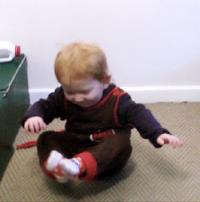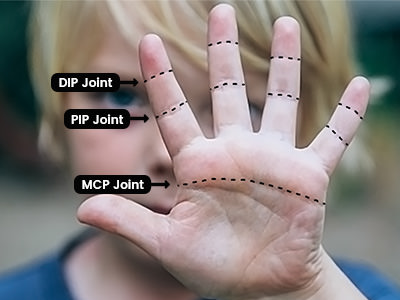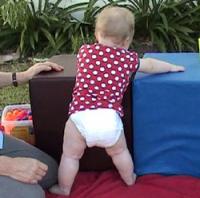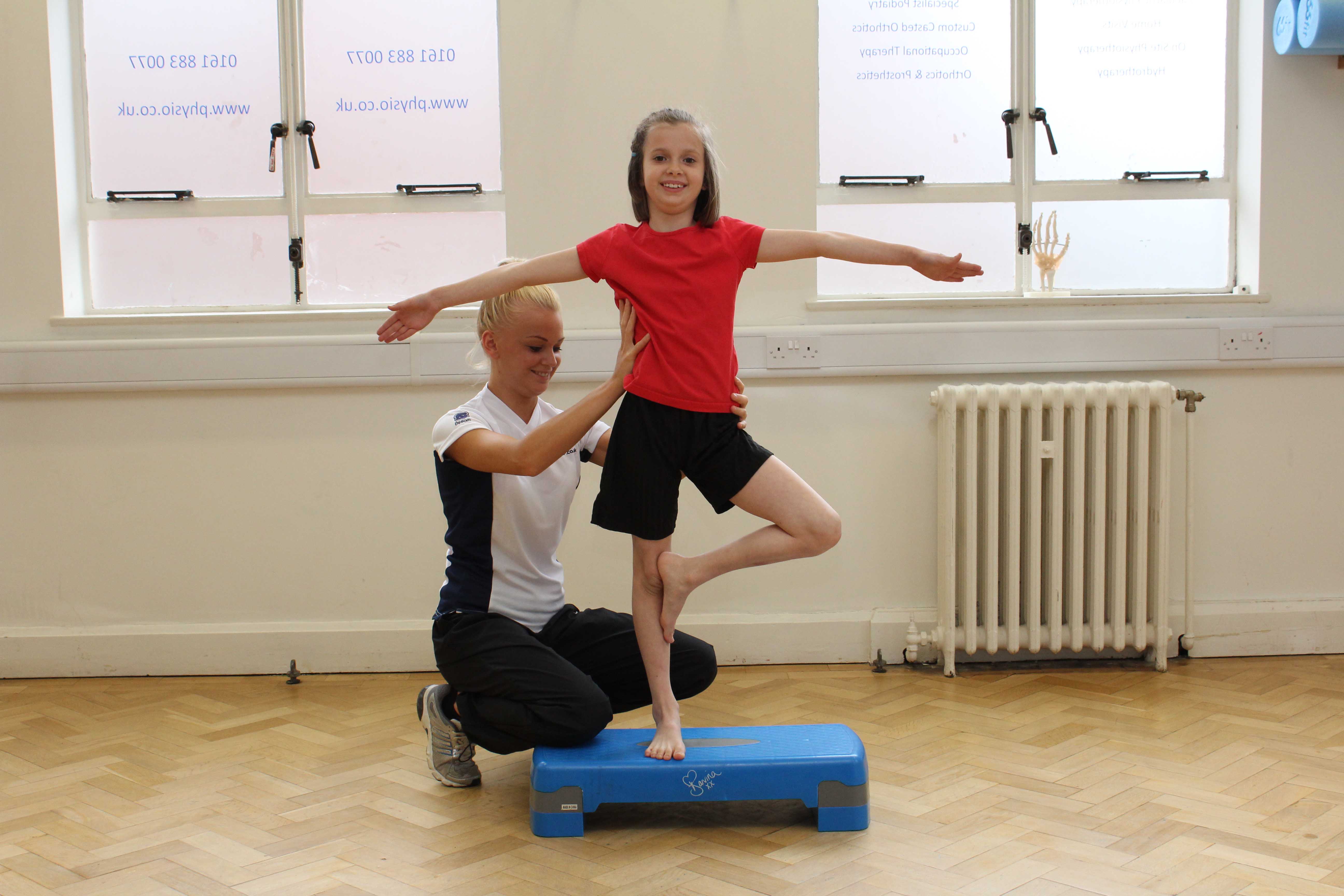hypermobility in babies uk
Prevalence of hypermobility varies greatly depending on the literature. While standing put hands flat on floor while knees stay straight.

Joint Hypermobility What It Is And How It Is Diagnosed And Managed
Hypermobility refers to an increased range of movement in multiple joints for their age.
. Hypermobility refers to an increased range of movement in multiple joints for their age. The Hypermobility Syndromes Association is here to support everyone with symptomatic hypermobility whatever the cause however mildly or severely they may be affected and whether or not they are diagnosed. Sometimes children are severely affected.
This can occur with just a couple of joints or all joints. It is sometimes referred to as being double jointed and is quite common about 1 in 10 people are hypermobile. Literature Useful Links Centres for Patient Referral UK We have compiled a list of health care professionals and wellness practitioners with an interest in and who are supportive of hypermobile Ehlers-Danlos syndrome and hypermobility spectrum disorder.
Most children will get less flexible as they get older and should improve as the childs strength and. Infants who appear to be floppy and have hypermobile joints are often given a diagnosis of low muscle tone. They are all focused on getting her on her feet more urgent as I am 31 weeks pg and although shes petite weight wise lifting her is getting tricky.
It is extremely common in children having being reported in 25 to 50 of those younger than 10 years of age. Hypermobility is commonly seen in young children. All joints have a cavity containing a small amount of fluid which allows movement to happen.
Some estimates suggest that around one in every five people in the UK may have hypermobile joints. Most children are flexible but some more so than others. It is extremely common in children having being reported in 25 to 50 of those younger than 10 years of age.
Hypermobility means a persons joints are more flexible than other peoples. Hypermobility may affect just one joint or many joints. Perhaps thats why no one really mentions what problems if any DD will have later.
Seems that the way in which hypermobility affects children as they grow varies enormously. In many cases the joints become stiffer with age although joint hypermobility and its associated symptoms can continue into adult life. But when hypermobility causes pain it could point towards joint.
Between 25-50 of children under 10 are considered hypermobile. Hyper means more and mobility means movement therefore hypermobility really just means that joints move more than is typically expected. If the sensitivity to stretch is very low the muscles are slow to respond and they appear to be weak and floppy.
It is not an illness or disease and is a normal variation. 4 points hypermobility likely. The term muscle tone refers to the muscles readiness for action.
Generalised affects more than 5 joints in more than one limb. Children might think of themselves as double jointed There is a whole spectrum of flexibility from very bendy to very stiff says Jane. It affects 7 10 of school age children in the UK.
Children with hypermobile EDS will be more bendy than their peers and this hypermobility can cause problems. It is not an illness or disease and is a normal variation. Hypermobility may affect just one joint or many joints.
Hypermobility also commonly known as double jointed describes how joints can move. It affects 7 10 of school age children in the UK. A joint is the place on the body where two bones meet.
This readiness for action depends on the sensitivity of the stretch receptors in the muscles. The HMSA The Hypermobility Syndromes Association. A doctor will also use more detailed criteria to help their diagnosis.
Advice for hypermobility oxleasnhsuk Children with hypermobile joints have too much movement in their joints. When you have joint hypermobility it means your joints are more flexible than in other people. RightPath 2019 and expert opinion in a review article Smith and Ramanan 2013Expert opinion describes the doctors role as establishing an accurate diagnosis of joint.
Most children are flexible but some more so than others. Hypermobility is commonly seen in young children. The older you are the less likely it is you will be hypermobile.
Evidence of Use edit edit source Reliability edit edit source. With a holistic solution-focused approach to living well with a hypermobility syndrome our expert. Management of hypermobility should generally be in Primary Care.
Clinch J et al 2011 showed that the prevalence of hypermobility in UK children is high possibly suggesting that the Beighton score cutoff of 4 is too low or that this scoring is not appropriate for use in subjects whose musculoskeletal system is still developingThese results provide a platform to evaluate the. The recommendation on when community management is usually appropriate is based on musculoskeletal triage guidance for children and young people RightPath 2017. These problems mainly affect children and young adolescents with extra-flexible hypermobile joints who develop pain on exercise which persists when they rest.
Hypermobile Ehlers-Danlos syndrome hEDS which used to be known as the hypermobility type or type 3 is thought to be the most common genetic connective tissue disorder. How common is hypermobility. Instability of the joints might lead to dislocations or subluxations partial dislocations children may suffer from pain their joints may click and they may fidget to relieve discomfort.
Joint hypermobility is thought to be very common particularly in children and young people. Hypermobility itself can be a normal part of child development. If you remain concerned PALS can also advise upon how to make a formal complaint.
4 points and pain in 4 or more joints for at least 3 months joint hypermobility syndrome likely. Castori and Hakim 2017Hypermobility can be generalised or affect just. Localised single area affected and often acquired following trauma joint disease or surgery.
There is no up-to-date research to tell us exactly how frequently it occurs. Hypermobile joints those that move beyond their normal range of motion are common affecting 8-39 of school-age children with girls more commonly affected than boys Tofts et al 2009. Anyone who has symptoms as a result of having hypermobile joints but who does not have all the features of Ehlers-Danlos syndrome has a hypermobility spectrum disorder.
Most children will get less flexible as they. The older you are the less likely it is you will be hypermobile. Hypermobility Background information Developmental rheumatology in children CKS.
Joint hypermobility in babies and children is even more common and usually causes no problems. Joint hypermobility is often hereditary runs in families and is the result of ligaments around joints being more lax and as ligaments normally restrict.

Is There A Happy Ending For Children With Hypermobility Double Jointed

Hypotonia Why Milestones Are Harder For My Third Baby Cando Kiddo Hypotonia Hypotonia Baby Pediatric Physical Therapy

Steps Charity Worldwide How Healthy Are Your Baby S Hips Please Share 5 Way To Check Your Babies Hips Dislocated Hips Are Not Visible Or Painful And Can Go Undiagnosed Early Detection

What Is Hypermobility In Babies Children Young Adults Therapy Stars

How Hypermobility And Low Muscle Tone Affect Your Baby S Development Skills For Action
Toddler Returns Parents Accused

How Hypermobility And Low Muscle Tone Affect Your Baby S Development Skills For Action

How Hypermobility And Low Muscle Tone Affect Your Baby S Development Skills For Action
Living With A Hypermobile Toddler

Joint Hypermobility In Babies And Children Emma S Diary

How Hypermobility And Low Muscle Tone Affect Your Baby S Development Skills For Action
Living With A Hypermobile Toddler

Is There A Happy Ending For Children With Hypermobility Double Jointed

How Hypermobility And Low Muscle Tone Affect Your Baby S Development Skills For Action

What Is Hypermobility In Babies Children Young Adults Therapy Stars
Living With A Hypermobile Toddler

Hyper Mobility Syndrome Children Conditions Paediatric What We Treat Physio Co Uk